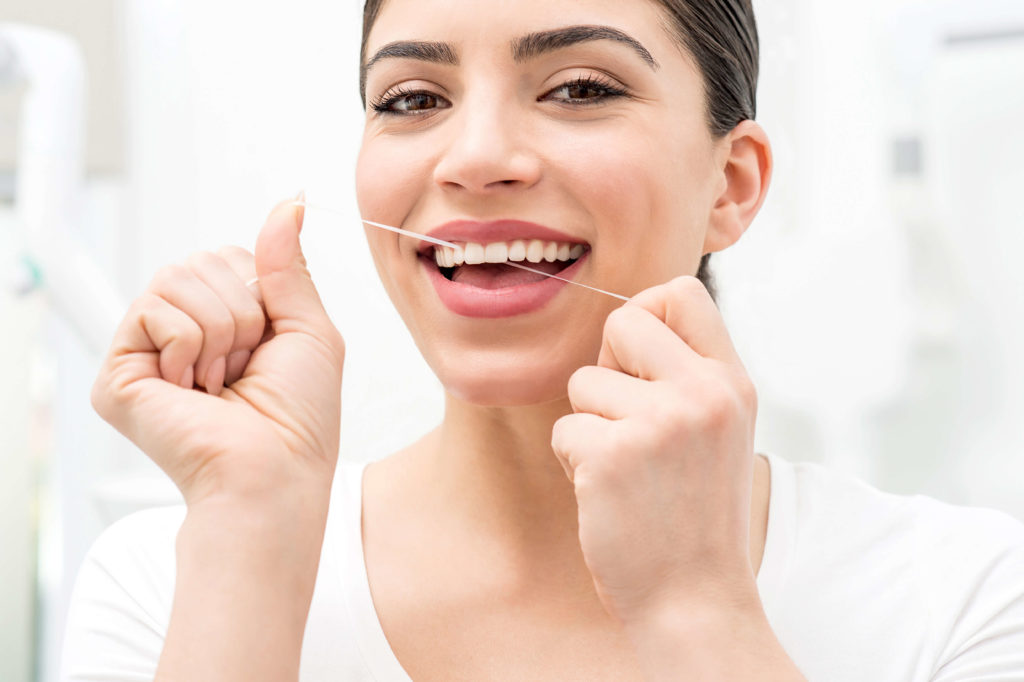
What’s the Difference Between Waxed and Unwaxed Floss?
Caring for your teeth will help ensure you enjoy a radiant, pearly smile for years to come. In addition to brushing, flossing should be a part of your daily oral hygiene practices. With many choices available including waxed and unwaxed dental floss, you may be wondering which is the best option for you.
Benefits of Daily Flossing
Flossing your teeth every day helps clean the areas that your toothbrush cannot reach. This prevents the buildup of plaque, the clear sticky coating that forms on your teeth. If left sitting on your teeth, plaque hardens and turns into tartar which can only be removed during a professional cleaning.
As tartar builds up, it can cause swelling of your gums, which is the first stage of gum disease, a condition called gingivitis. Plaque and tartar eventually travel below the gumline, advancing the condition to periodontal disease. This, in turn, can cause pain, and may eventually lead to tooth decay or even tooth loss.
Flossing removes plaque deposits between your teeth and along the gumline where your toothbrush cannot reach. It has been shown to be one of the most effective measures you can take to lower your risk of developing gum disease.
Keeping your mouth clean and healthy directly affects your overall health. Periodontal disease has been linked to several chronic conditions including heart disease, diabetes, high blood pressure, stroke, and more. Poor dental health in pregnant women has also been linked to babies being born with lower birth weights.
Waxed and Unwaxed Floss Overview
Waxed and unwaxed dental floss are both made from nylon. Waxed dental floss contains a thin layer of wax on its surface, which makes it a little thicker than unwaxed floss, but easier to glide between the teeth. Waxed floss is more likely to be flavored than unwaxed floss.
Waxed and unwaxed floss have different advantages. Waxed floss allows for a smooth flossing experience due to the wax layer. The different flavors can help keep your breath fresh after each flossing session. Patients with tightly spaced teeth may find it easier to use waxed floss due to its natural lubricating property. Waxed floss is usually stronger than unwaxed, meaning it won’t break as much during flossing. Unwaxed floss, on the other hand, is thinner and more comfortable to move in and out of your teeth. It is usually free from artificial flavors, meaning your mouth will be exposed to fewer chemicals.
Waxed or Unwaxed Floss: Which One Is Right for You?
When it comes to choosing the type of floss to use, the best floss is the one that you prefer. If unsure of your preference, try both types and see if you feel more comfortable with waxed or unwaxed dental floss. Studies have shown that both types of floss are equally effective in removing plaque.
Schedule Your Appointment Today
A healthy smile requires frequent flossing, and Dr. Rick Dentistry and his team are here to help you learn more about how to best take care of your teeth. We are committed to providing quality preventative care to lower your risk of developing dental problems down the road. We look forward to helping you enjoy a bright and healthy smile for a lifetime! Call us today!
